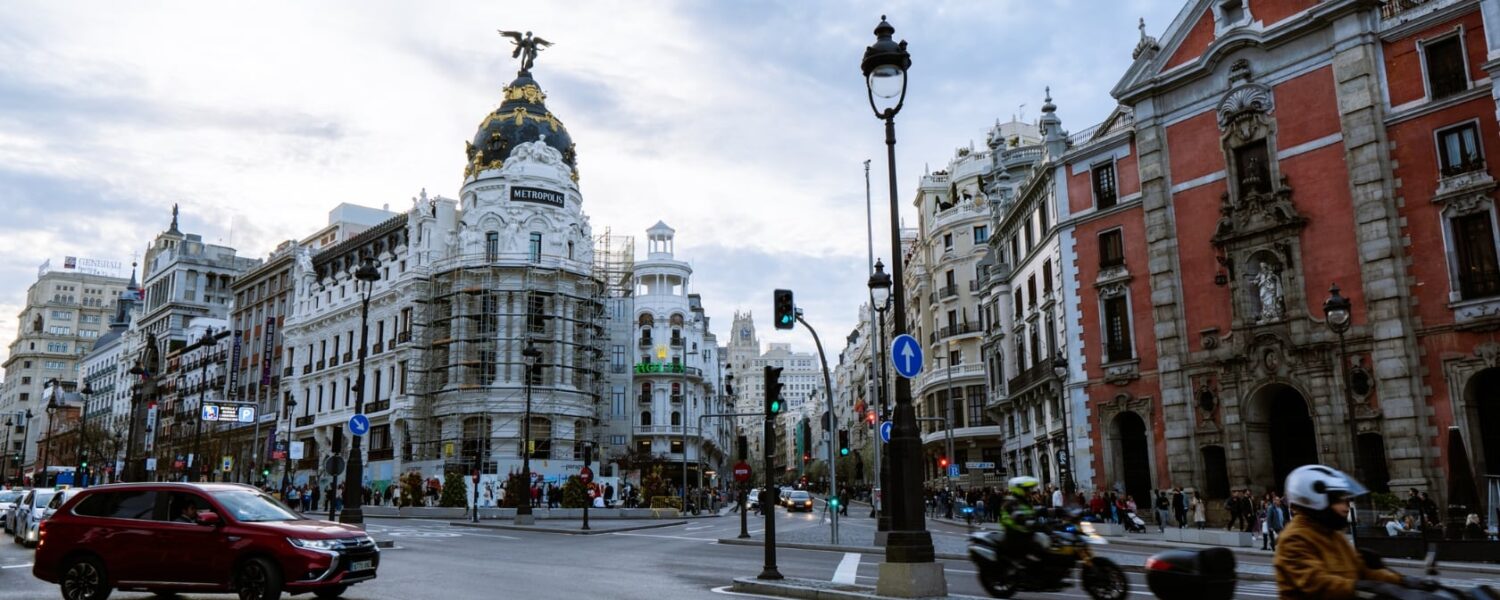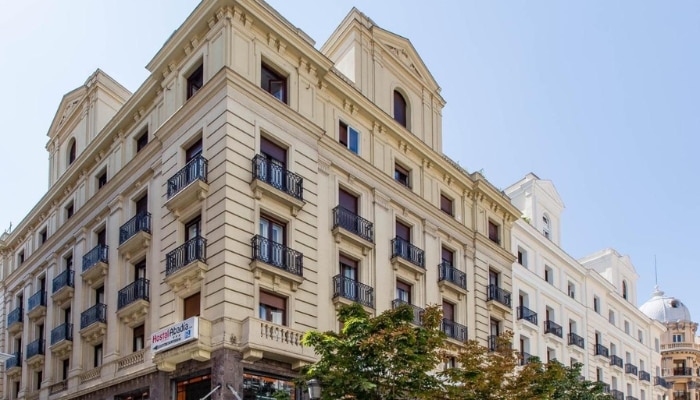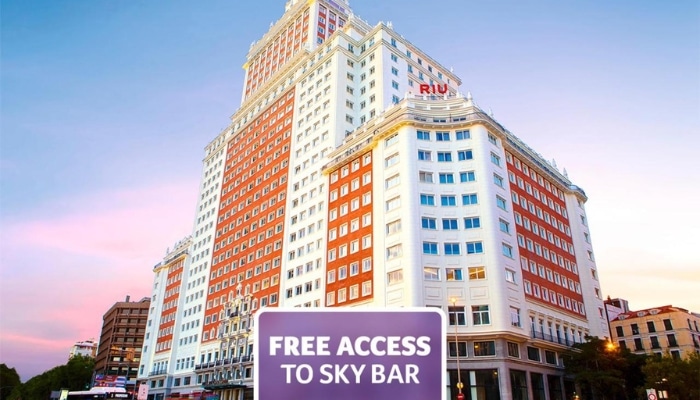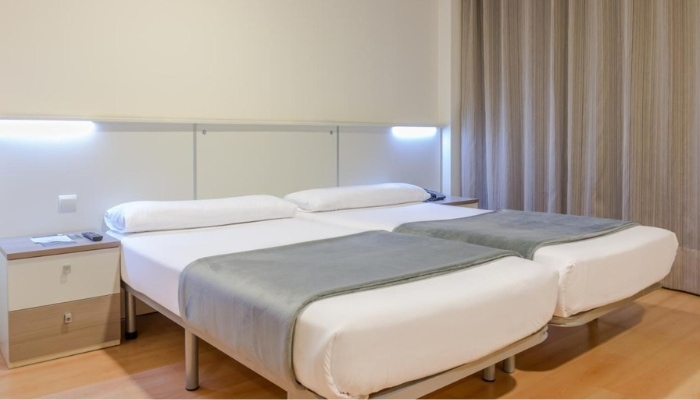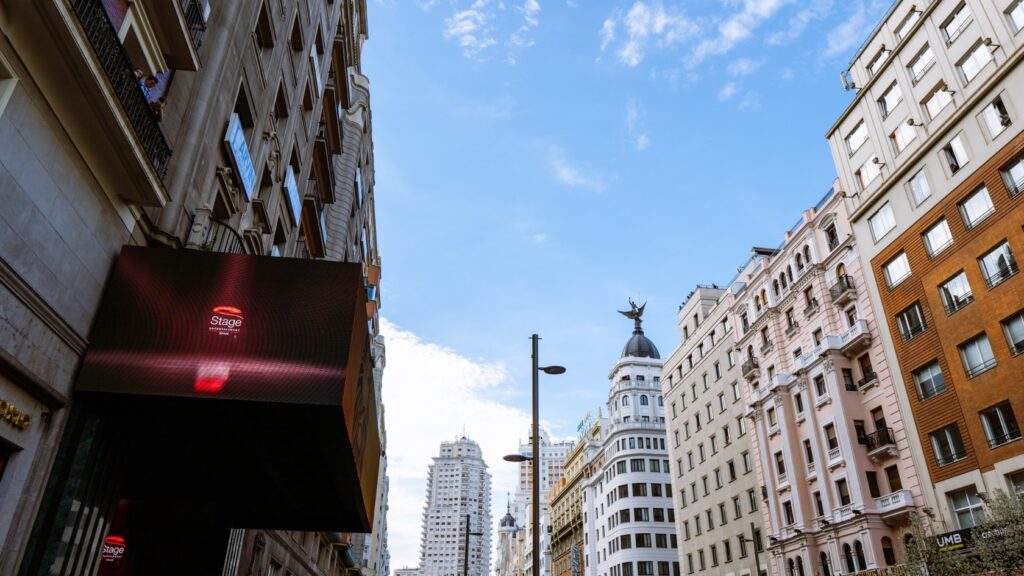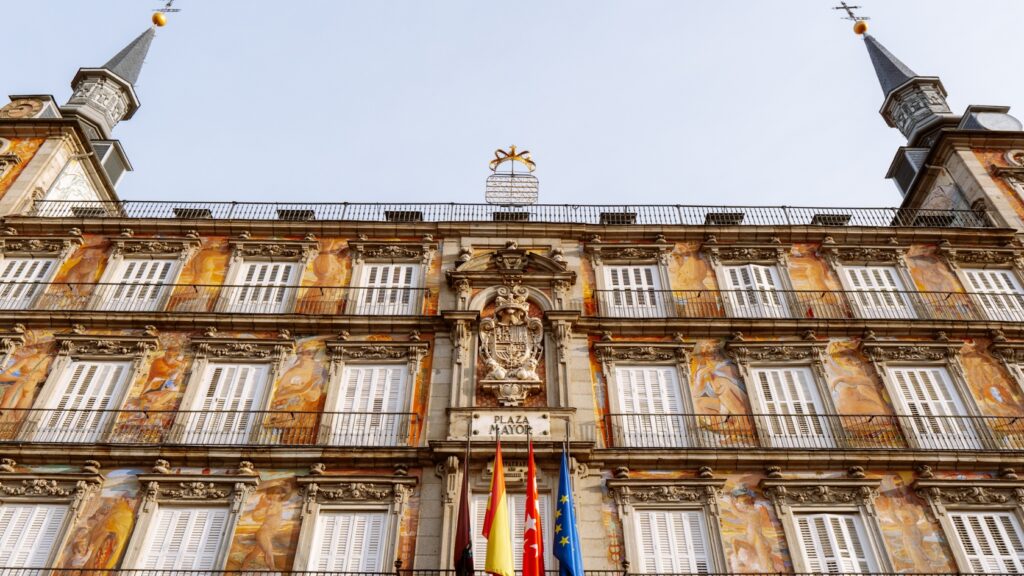Madrid, the capital of Spain, is an easy and pleasant place to explore thanks to its extensive and efficient public transport network. We already know things to do in Madrid. Now we’ll take a look at what transport and the metro in Madrid is like, how to get from the airport to the city centre and other practical tips.
Flights to Madrid
The main airport for Madrid is Adolfo Suárez-Barajas Airport, located on the north-eastern edge of the city. Direct flights from Prague take 3 hours.
The following airlines operate the Prague – Madrid route:
- Iberia – the traditional Spanish airline connects Prague with Terminal 4 and offers up to two direct flights a day in high season.
- Ryanair – a low-cost airline that connects Prague to Terminal 1 and often competes on price.
- Czech Airlines – the previous airline is supplemented by Czech Airlines, which flies mainly in high season from April.
☞ Here you can find all flights to Madrid.
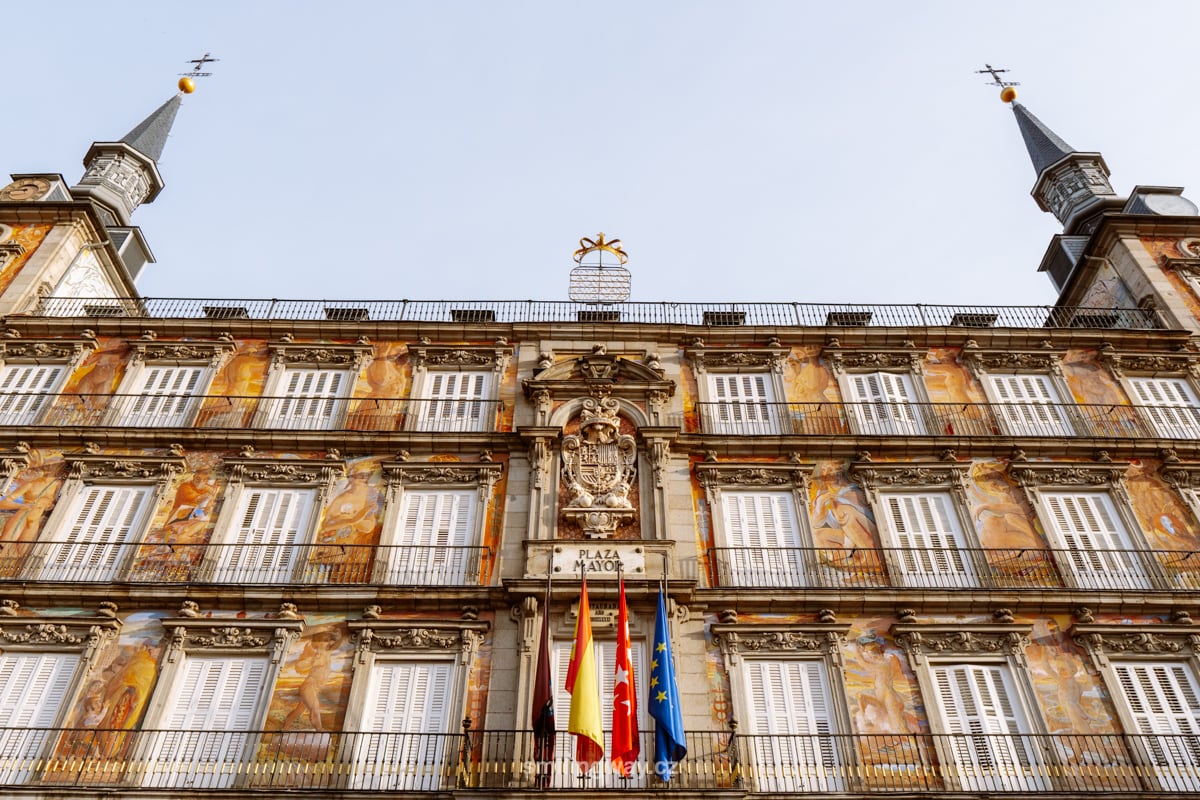
Airport Adolfo Suárez-Barajas
Adolfo Suárez Airport Madrid-Barajas is the main international airport serving Madrid and an important transport hub in Spain. Here you will find all the services that are typical for large and modern airports – plenty of restaurants, shops, lounges, car rental, etc.
The airport has 4 terminals:
- Terminals T1, T2 and T3: These three terminals are interconnected and serve a number of international and domestic flights (including Ryanair and Czech Airlines from Prague).
- Terminal T4: The newest and most modern terminal opened in 2006 as a base for Spanish airline Iberia and its Oneworld alliance partners.
- A free shuttle bus connects the terminals – just follow the signs to the bus stop. The T4 terminal and its satellite terminal T4S are connected by train.
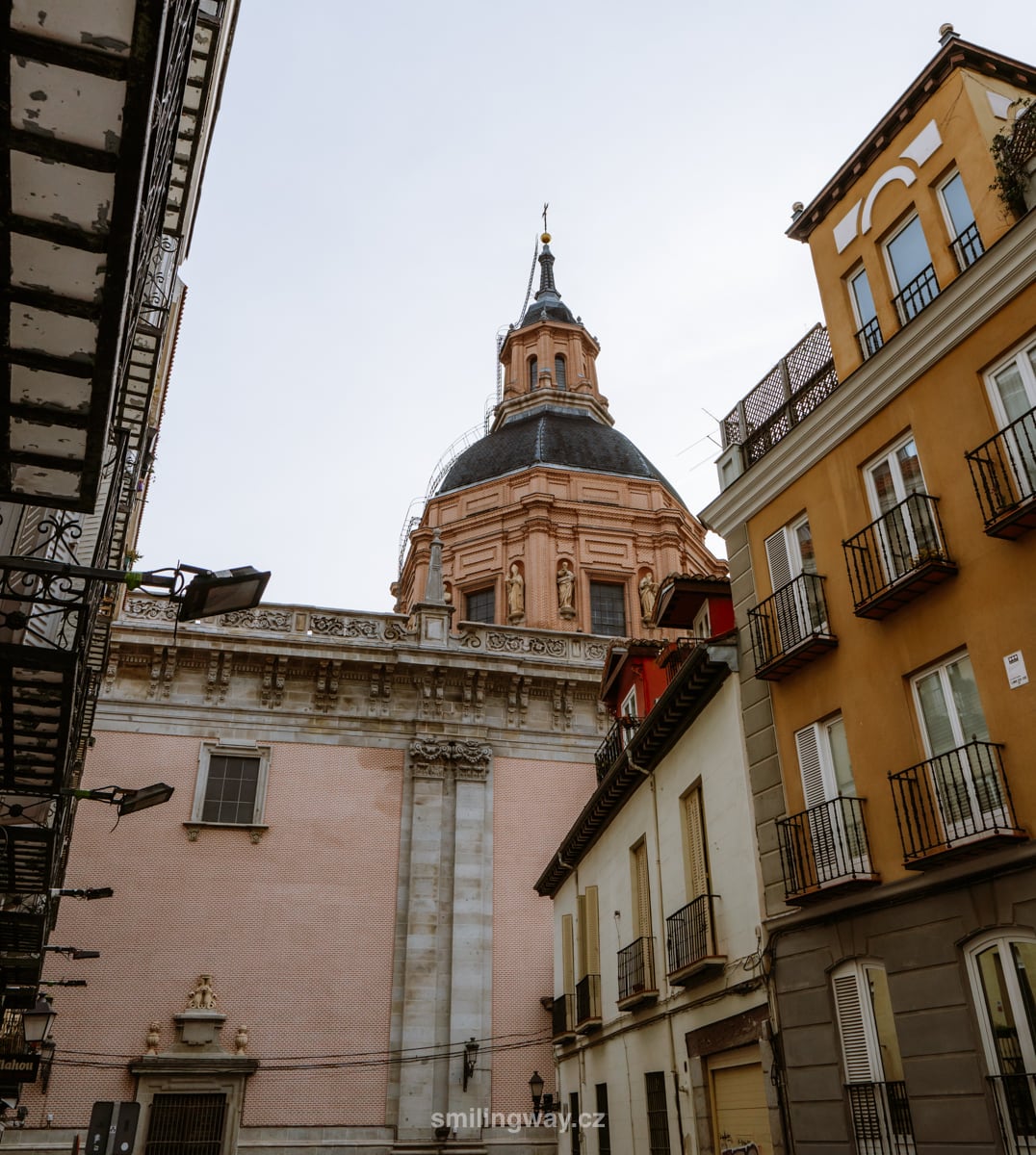
How to get from Adolfo Suárez-Barajas Airport to Madrid city centre?
The easiest way to get to the airport is by bus, metro or, of course, taxi. In all cases, the journey to the centre takes 20-35 minutes, depending on which terminal you’re coming from and where you’re getting off (the longest time is for Atocha station).
Bus
Bus line 203 stops directly at the arrivals hall and departs from Terminal T4 via other terminals to the city centre. On the way, you can get off at O’Donnell Metro Station, Plaza de Cibeles at Cibeles Palace or Atocha Station.
From Plaza de Cibeles and Atocha Station, you can go back to the airport – buses leave from Atocha Station from 6:00-23:30 during the day and from Plaza de Cibeles at night. It runs every 15 minutes from 6:00 to 23:30 and every 35 minutes from 23:30 to 6:00. The centre can be reached in 25-40 minutes depending on where you get off.
Look for “Airport Express” signs at bus stops.
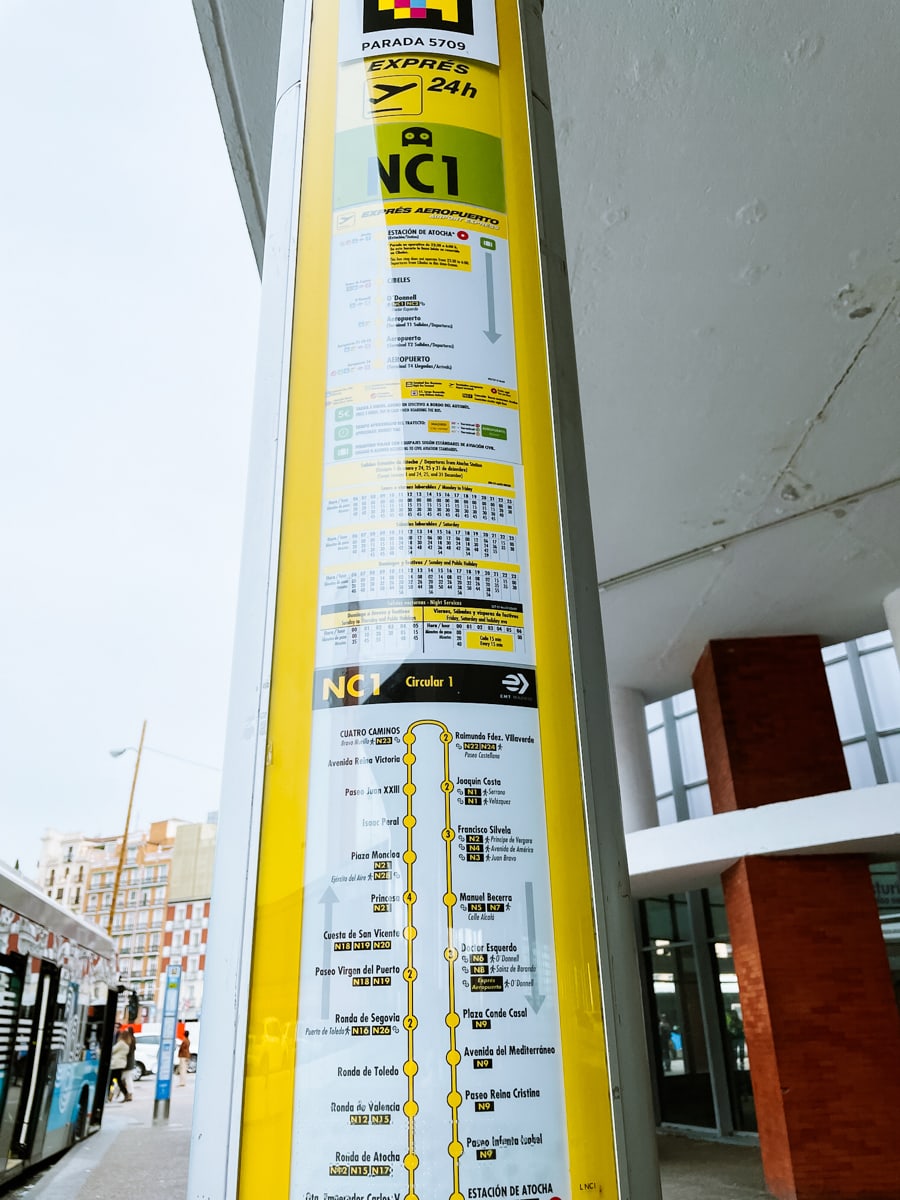
The ticket costs €5 and can be bought directly from the driver (preferably in cash). The buses are wheelchair accessible with space for dropping off suitcases.
☞ Here you can find timetables and more information about Airport Express.
Depending on where you’re staying, you can also take the 200 bus service from all terminals – this route is 20 minutes from the airport, for example the popular Ilunion Atrium Hotel.
Line 200 goes to Avenida de América and runs throughout the day for 15-20 minutes. This is not an express line, so the fare is only €1.50.
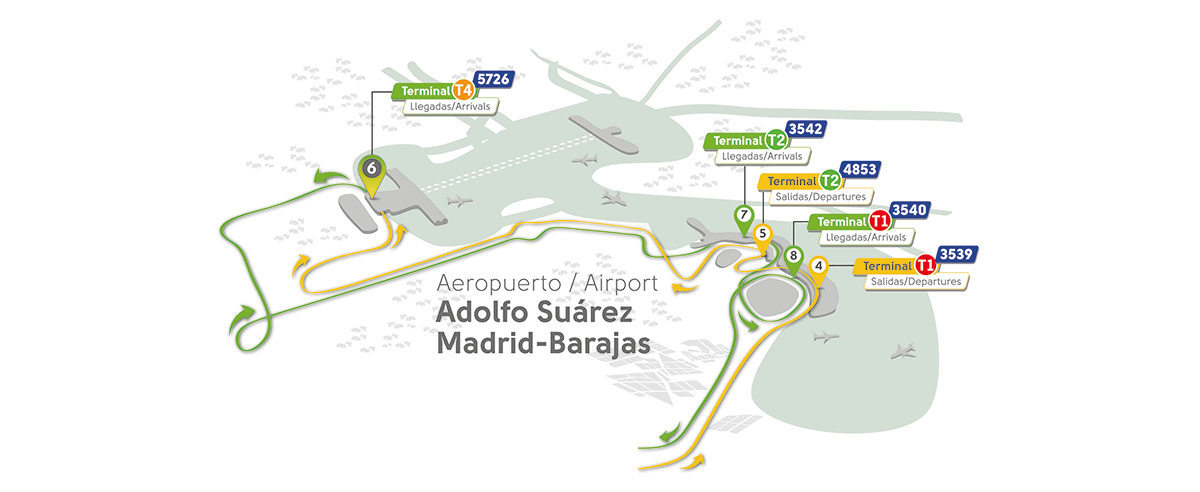
Metro
The metro is a very popular way to get from Barajas Airport to Madrid. Line 8 connects the airport with Nuevos Ministerios metro station, where you can change to another metro line or a suburban train.
Count 20 minutes from T4 and 12 minutes from T1, T2 and T3 (these terminals share a metro station). The metro operates from early morning (around 6:00) until 1:30 and runs every few minutes throughout the day.
Expect a price of €4.5-5 depending on how far you go. The rates are the same as for the Madrid metro, but you need to add €3 as an airport surcharge. There are machines in the metro stations where you can directly select your ticket to the airport or to the airport. from the airport to the selected station.
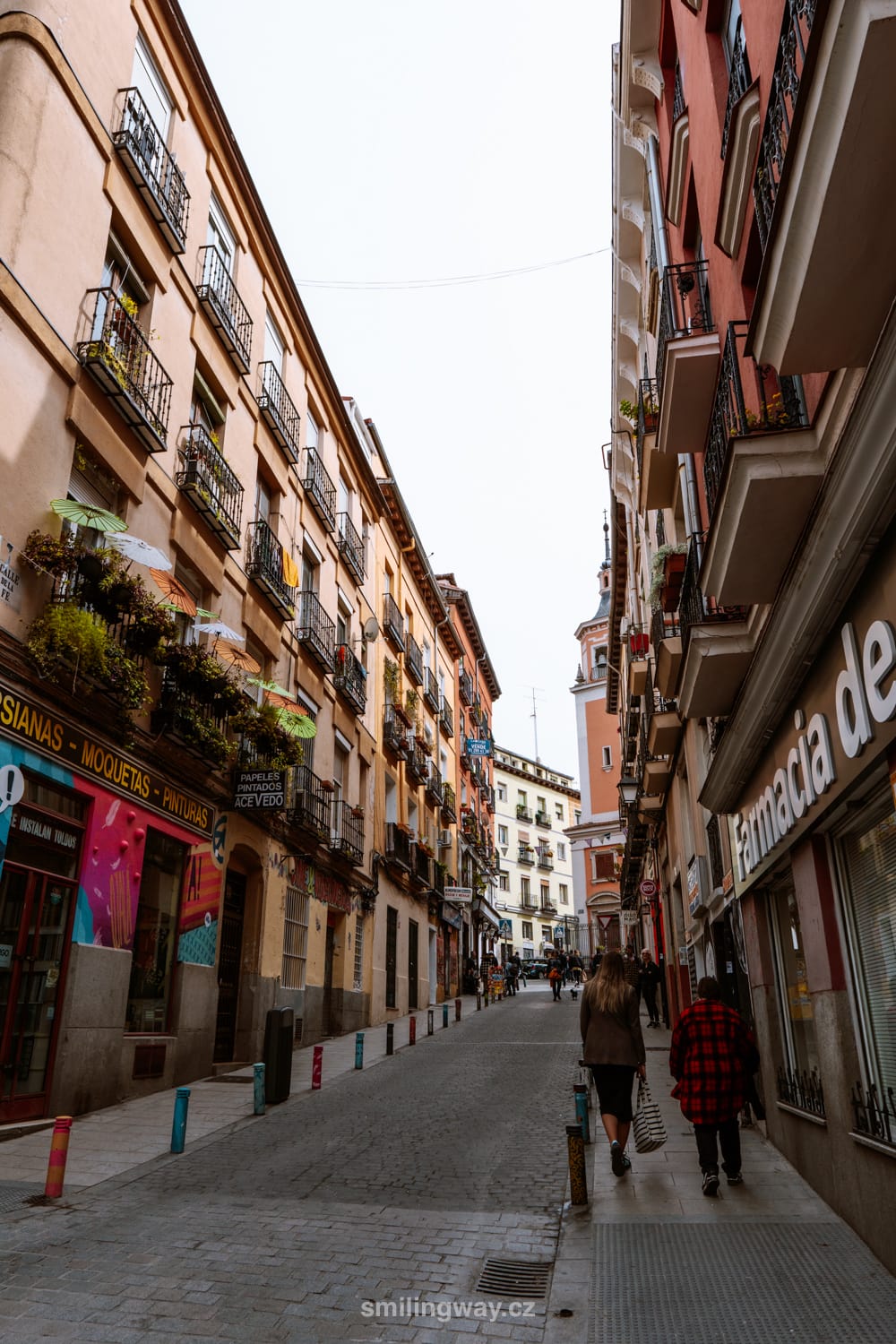
Taxi
The official taxis in Madrid are white with a red stripe and stop just outside the arrivals hall. You are in the city centre in about 20 minutes, but it depends on the final station.
The price for a taxi is about 30 € (fixed rate for all terminals). Taxis stop at Atocha Station (opposite the buses), but you can easily catch them anywhere in the city centre (just wave).
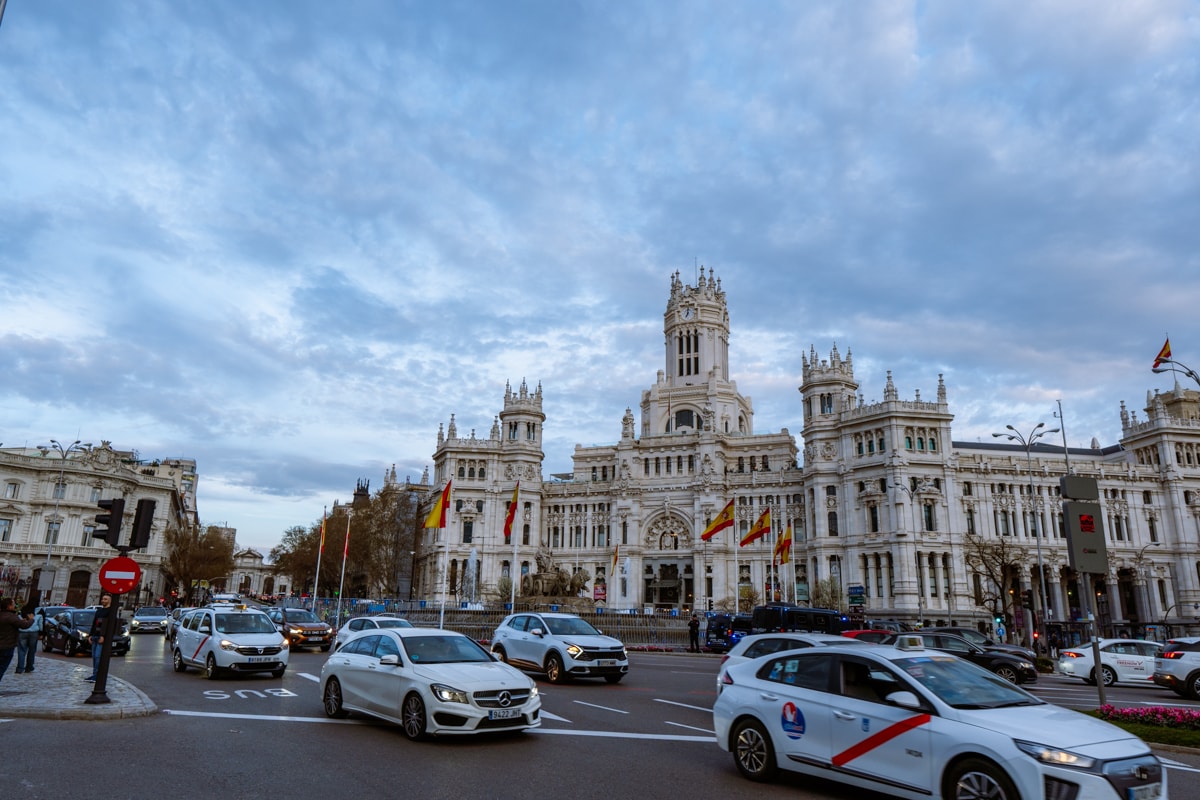
Trains
Cercanías commuter trains are the last option to get from the airport to Madrid. Unlike the 203 bus, metro and taxi, it only stops at the T4 terminal.
In the centre, you can take the C1 and C10 lines. Trains are the best value – from the centre, expect to pay around €2.60.
Hotels in Madrid 😴
Transportation in Madrid
The basis of Madrid’s transport is the metro, EMT buses and Cercanías suburban trains. The Cercanías metro and trains are particularly useful for longer distances, while buses are great around the centre or where the metro doesn’t run.
Metro
Metro in Madrid is a key element of public transport, providing an efficient and fast way to travel around the city.
The Madrid Metro consists of 13 lines (numbered 1 to 12 and a special line R between Ópera and Principe Pío stations) and 3 Metro Ligero tram lines. It connects the city centre with the outer districts and suburbs.
At most metro stations, you can easily transfer to other lines or modes of transport. Each station is clearly marked with a number and colour corresponding to the individual lines, making it easy to find your way around. The metro is simply marked “Metro” and is accessible by stairs, and in some cases by lift.
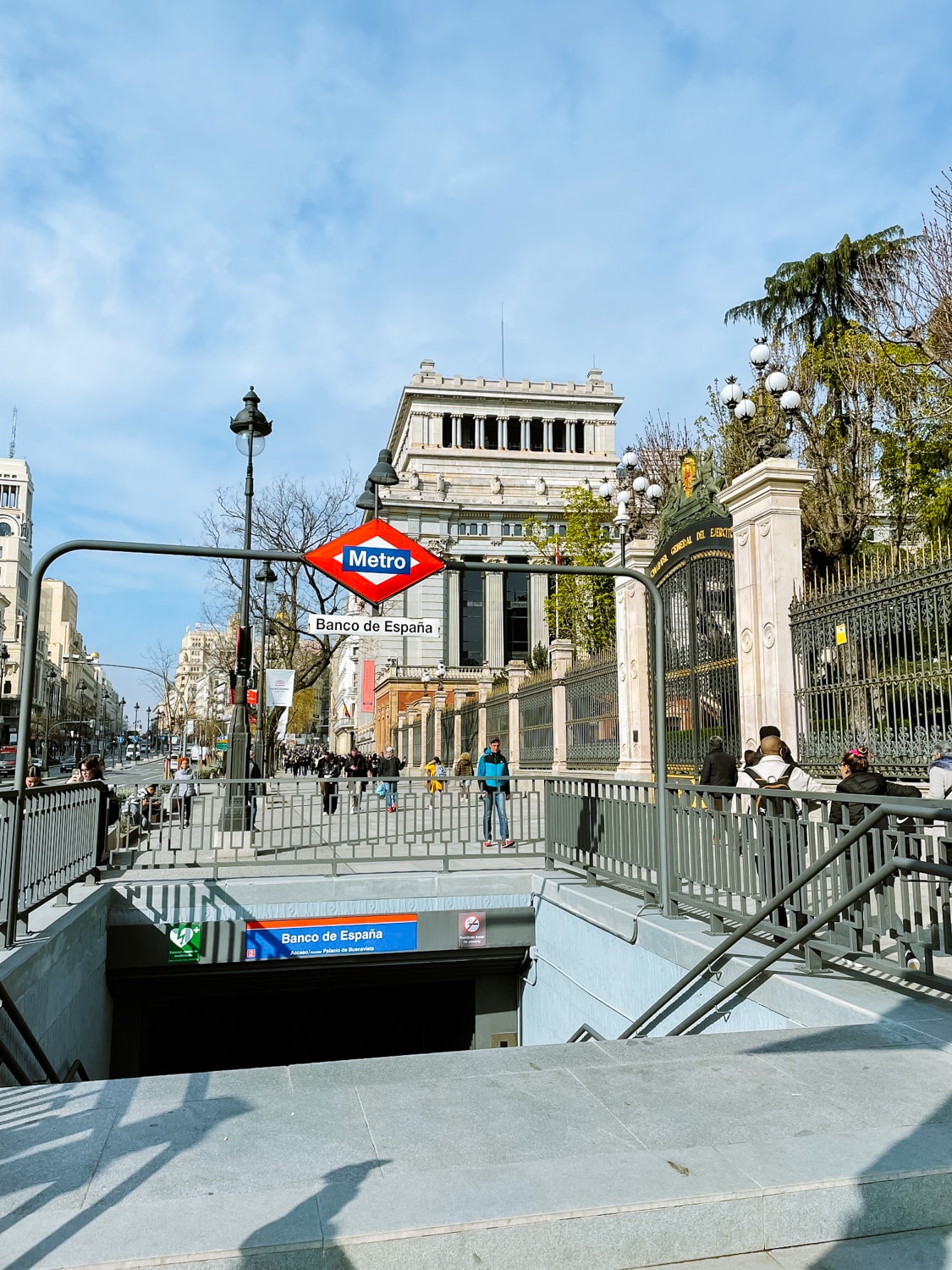
The central hubs of Madrid’s metro are Sol and Atocha stations, where several important lines cross and allow easy transfers to trains and buses. Sol Station, for example, is a strategic point in the heart of the city where you can easily reach many tourist sites.
An important line is line 8, which takes you from Adolfo Suárez Airport to Nuevos Ministerios station.
The metro in Madrid operates from approximately 6:00 to 1:30, with frequent peak and regular off-peak services. Even at night, the metro provides connections, albeit at a lower frequency.
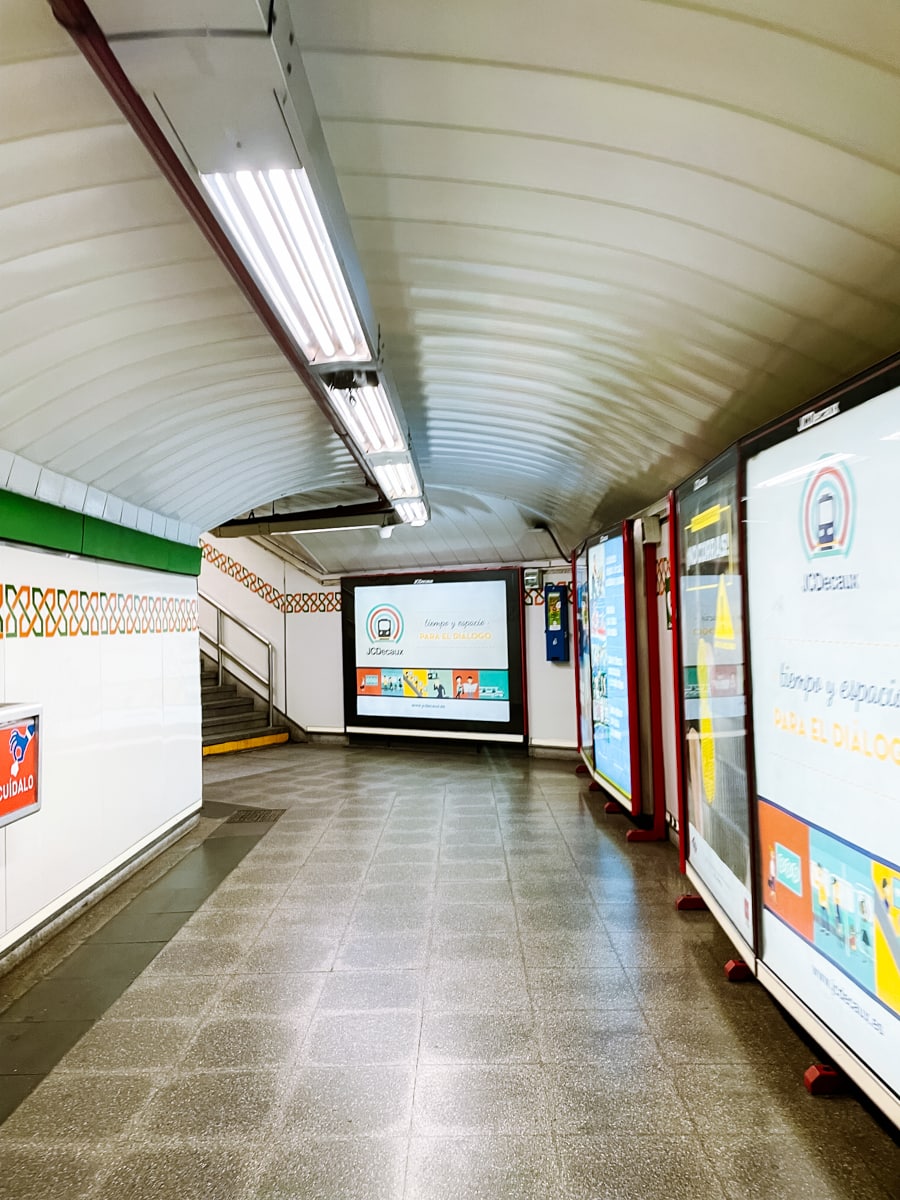
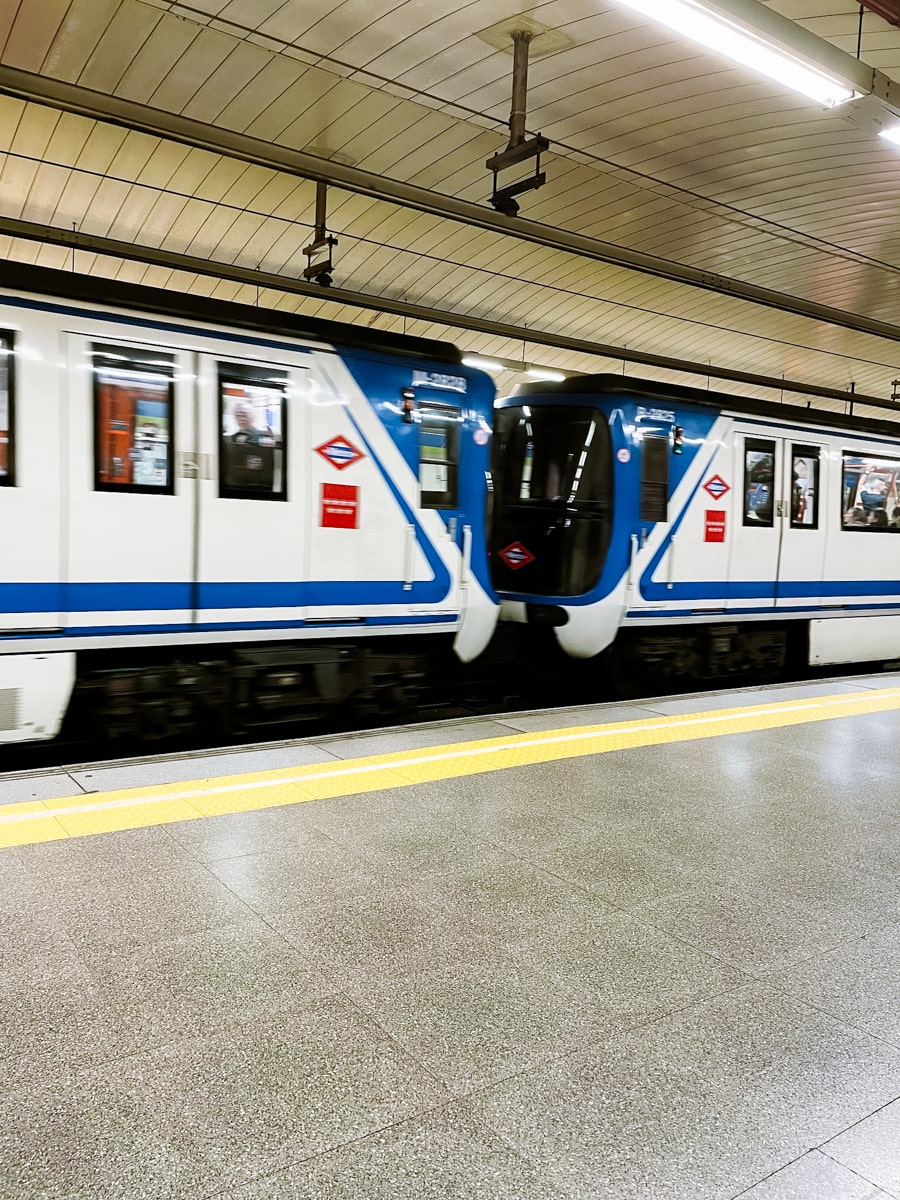
Metro tickets in Madrid
You need the red Tarjeta Multi contactless card to travel on the metro. This can be bought simply from a machine in the metro station – look for machines with a red sticker above the screen saying “Tarjeta MULTI Disponible AQUÍ”. The card costs €2.50 and is valid for up to 10 years.
It’s not tied to a person, so it can be used by multiple people at once – you put the card to the reader at the turnstiles, walk through and hand it to your fellow passengers behind you. You no longer have to put your card to the reader when you exit the metro – the turnstiles are open.
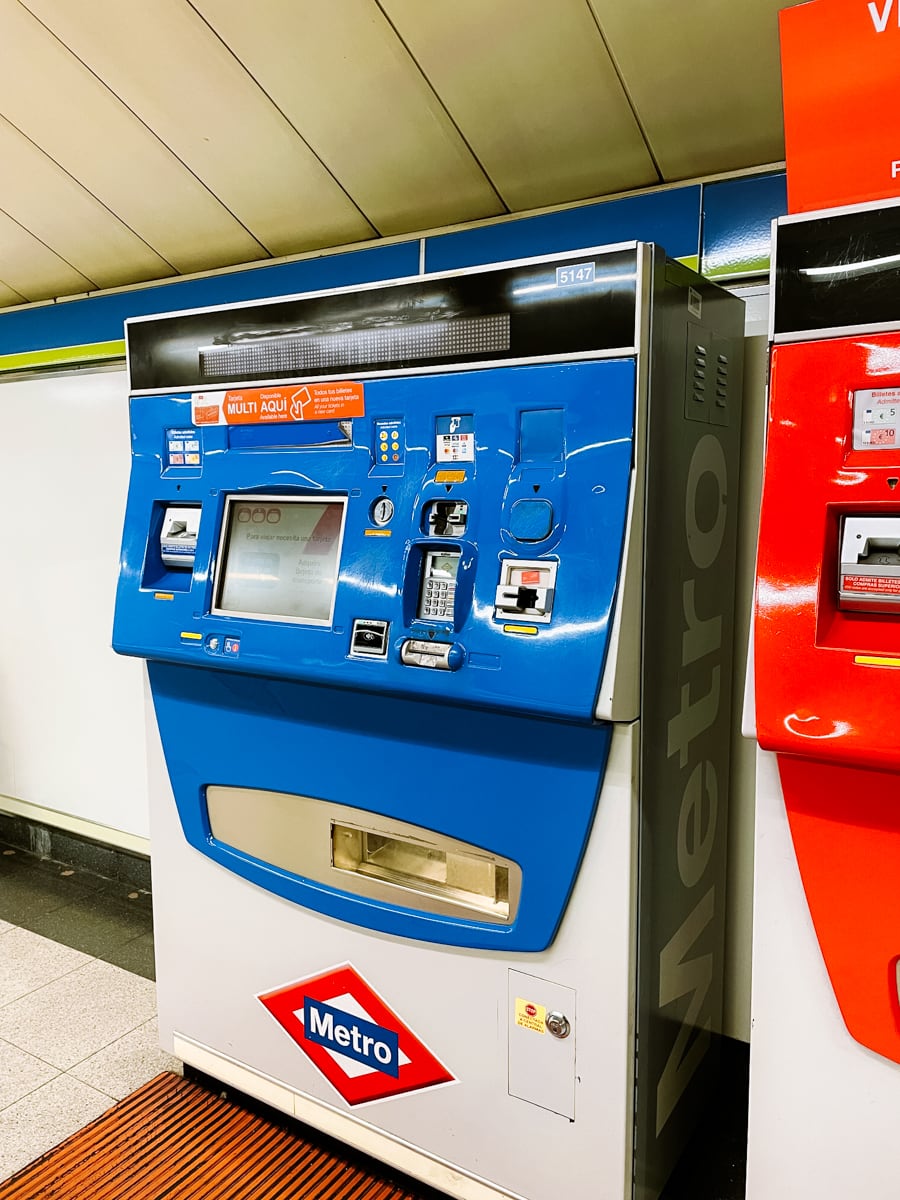
When you buy your card, you can pre-load your tickets – the system will automatically prompt you. Insert the red Tarjeta Multi card and choose which ticket you want to upload. The machine takes credit cards and cash.
You can buy individual tickets for €1.50-2€ or a package of 10 Metrobús tickets for a discounted price of €12.20 (now you can buy a Metrobús with a 50% discount for €6.10 until the end of 2024). Metrobús tickets cover both metro and buses and are valid in Zone A, which covers almost the whole city except the airport (there is an extra €3 for the airport).
You can see the zones on the map below.
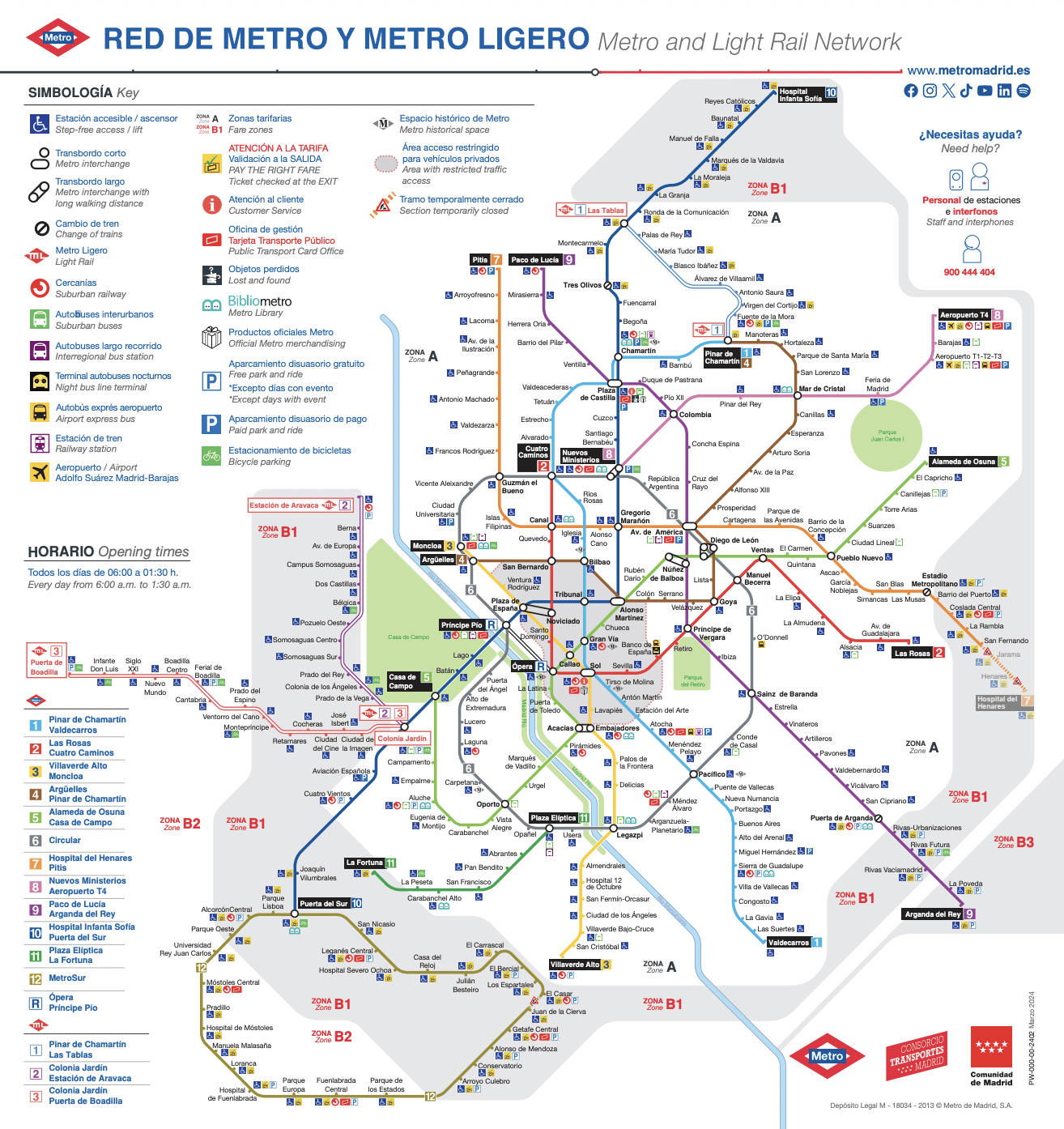
If you only buy individual metro tickets, you need to differentiate how many stations you will be travelling through. Up to 5 stations, the ticket price is €1.50, above 5 stations the ticket price gradually increases up to €2. When you buy a ticket, you enter your destination station so the system automatically calculates the price.
There is also a package of 10 “Metro Combinado” tickets that can be used for the entire metro network. However, few people use it, as a commuter train is better for longer distances.
Children under 4 years travel free of charge.
Buses
The bus service in Madrid provides a convenient way to travel short distances or to get around. takes you to places where there are no subways or trains.
The city buses are low-floor and blue with the EMT sign. They are modern, clean and often have air conditioning. Buses stop on signal – wave to the driver to board.
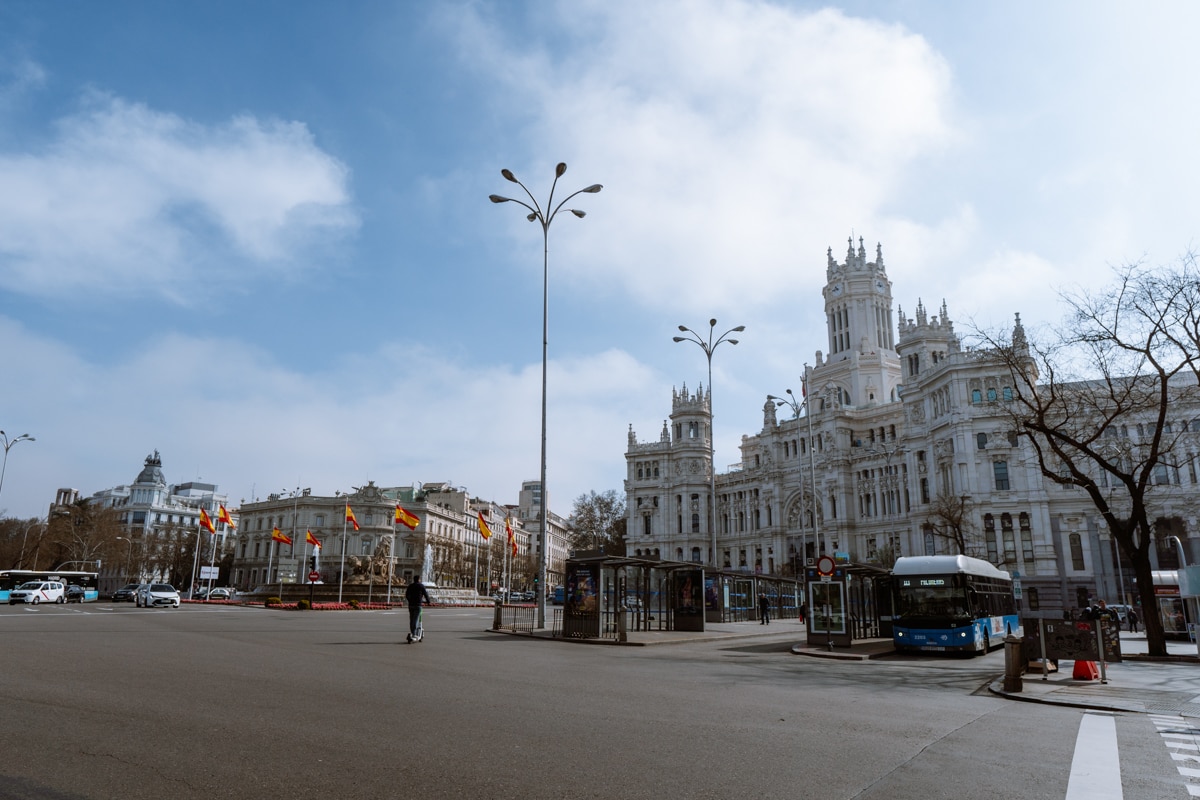
Buses run with high frequency, especially at peak times, arriving every 5 minutes on the busiest lines. Hours of operation are usually from early morning (around 6:00 am) to late night (until 11:30 pm or 12:00 am).
There are also night buses, known as “buhos” (translated as “owl”), which provide transport after the daytime lines have closed. Night buses are marked N1 to N27 (27 lines in total) and always start or end at Cibeles Palace. On weekends and holidays it runs from 7:00 am to 11:00 pm with less frequency.
Bus tickets in Madrid
There are 2 main ways to pay for public buses in Madrid:
- purchase individual tickets directly from the driver for € 1.50 – can be paid by card or cash (max. refund up to € 5). You don’t need a Tarjeta Multi card to buy these tickets, as you do for the metro.
- Metrobús ticket for 10 metro and bus rides. When boarding, simply insert your red Tarjeta Multi card into the reader and one ticket will be deducted. For more information on Metrobús, see Madrid Metro Tickets above.
Individual metro tickets are not valid on the bus. Children under 4 years travel free of charge.
Hotels in Madrid 😴
Trains
Metro and buses are complemented by Cercanías commuter trains. These are marked with a C and a number – for example C1 (for the metro it is E and a number or just a number). Train stations are marked with a red inverted C icon.
Cercanías allow you to get to different parts of Madrid and even the cities around it quickly and easily. You can also change trains at some metro stations.
Cercanías commuter trains are not covered by metro and bus tickets in Madrid. Tickets can be bought separately at the ticket office, the ticket machine or on the Spanish Railways Renfe website.
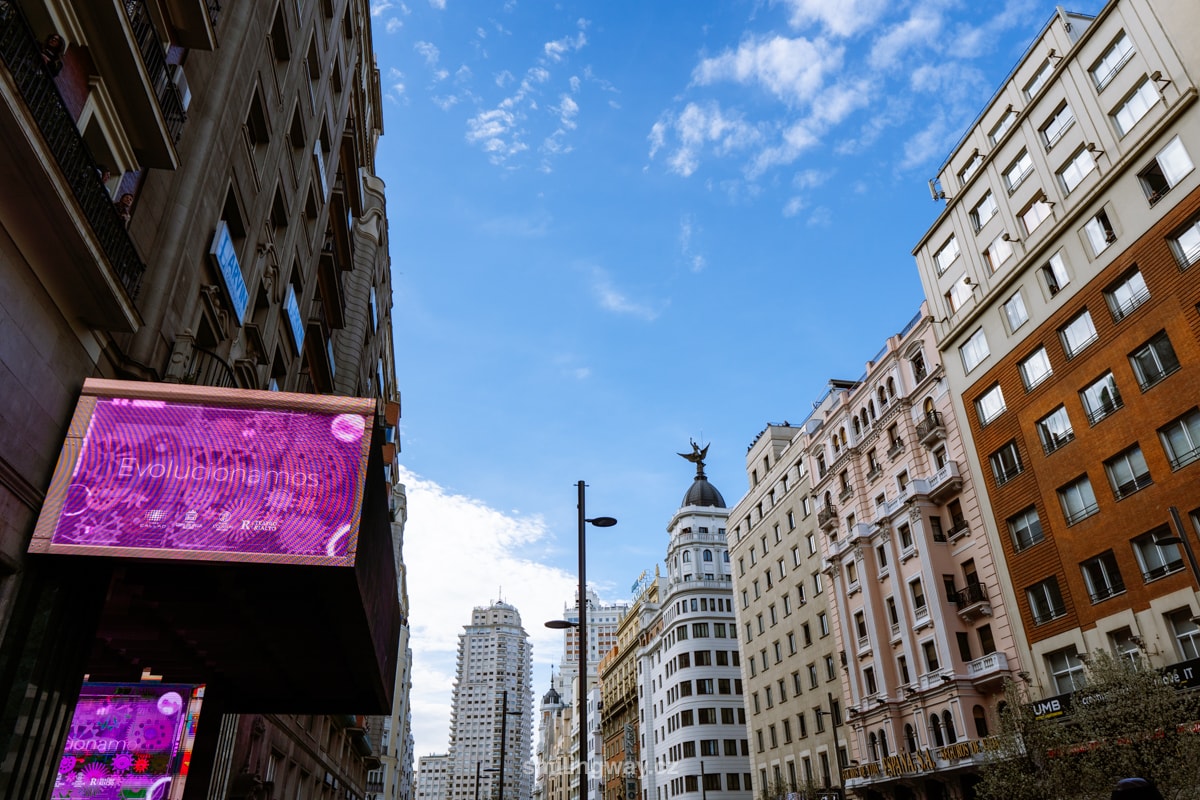
Within the city, a one-way train ticket costs €1.70. If you go further, the fare increases according to the number of zones you pass through. If you plan to use the trains more frequently, you can buy a “voucher”, which is valid for ten journeys.
Children under 6 years travel free of charge (maximum 2 children per 1 adult). Children up to 14 years of age can enjoy a discount on the fare.
The trains operate daily from early morning (depending on the line, the first connections depart between 5:00-6:00) until midnight. It runs at regular intervals of 10-30 minutes throughout the day.
☞ See more information for Cercanías trains.
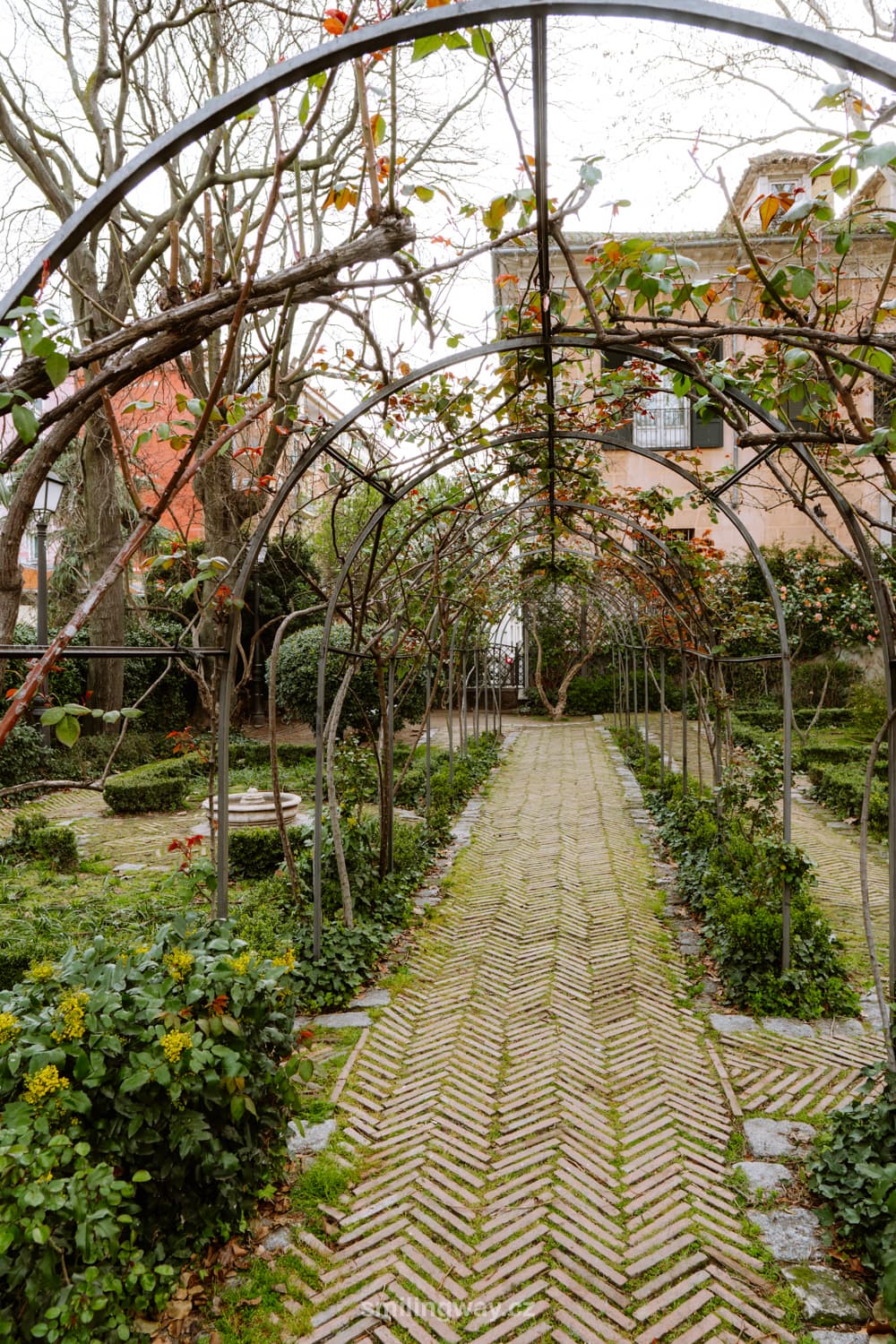
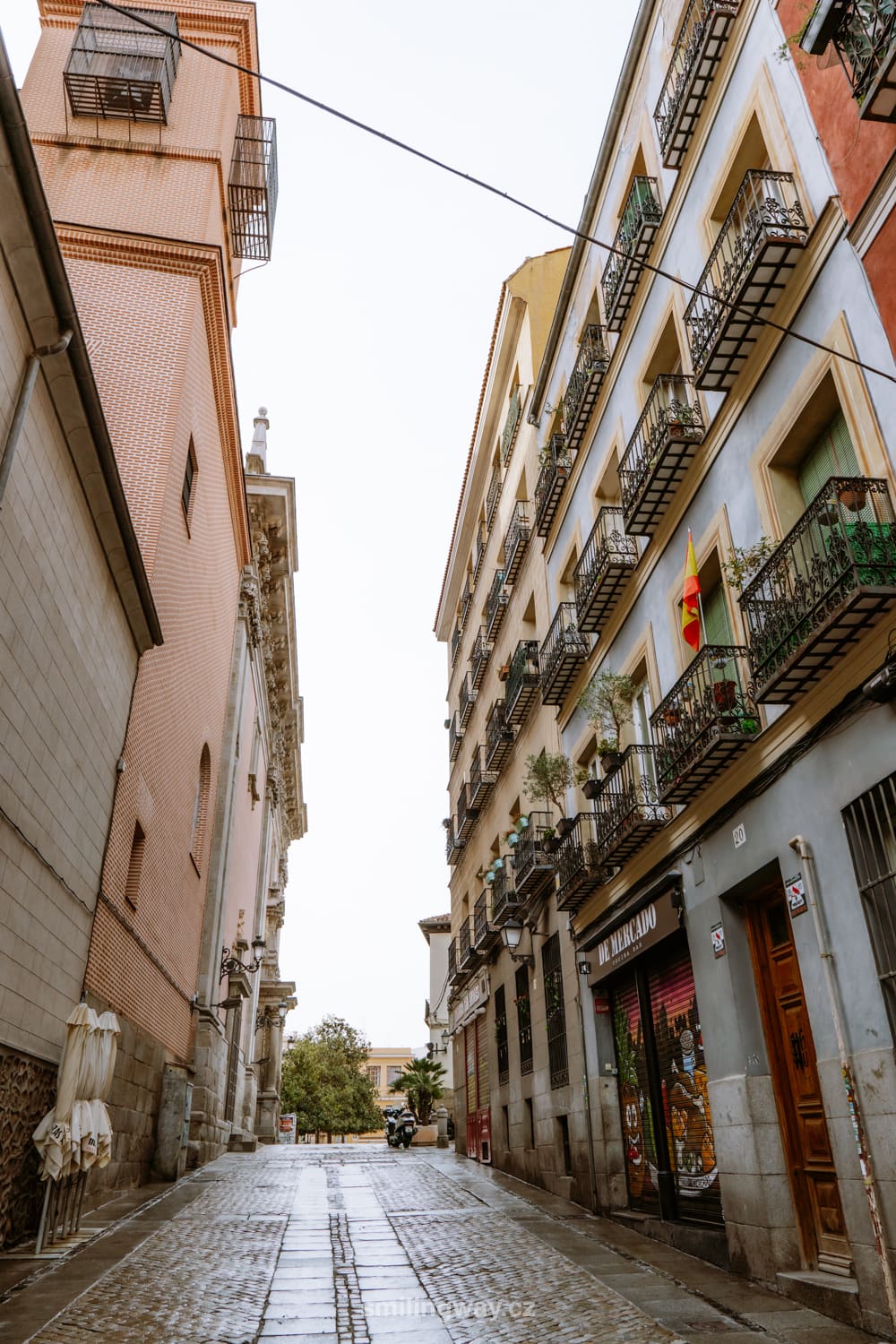
Tourist Travel Pass
Do you plan to use public transport in Madrid often? Then you might want to use the Tourist Travel Pass, which you can load onto your Tarjeta Multi contactless card. The Tourist Pass is available for 1, 2, 3, 4, 5 or 7 days.
It’s simple – look for a machine with the sign Tarjeta Multi in metro stations or train stations (even right at the airport). Choose your ticket options here and search for Tourist Pass. Along with this, you will also automatically get a Tarjeta Multi contactless card (€2.50 per card), which will be loaded with the Tourist Pass.
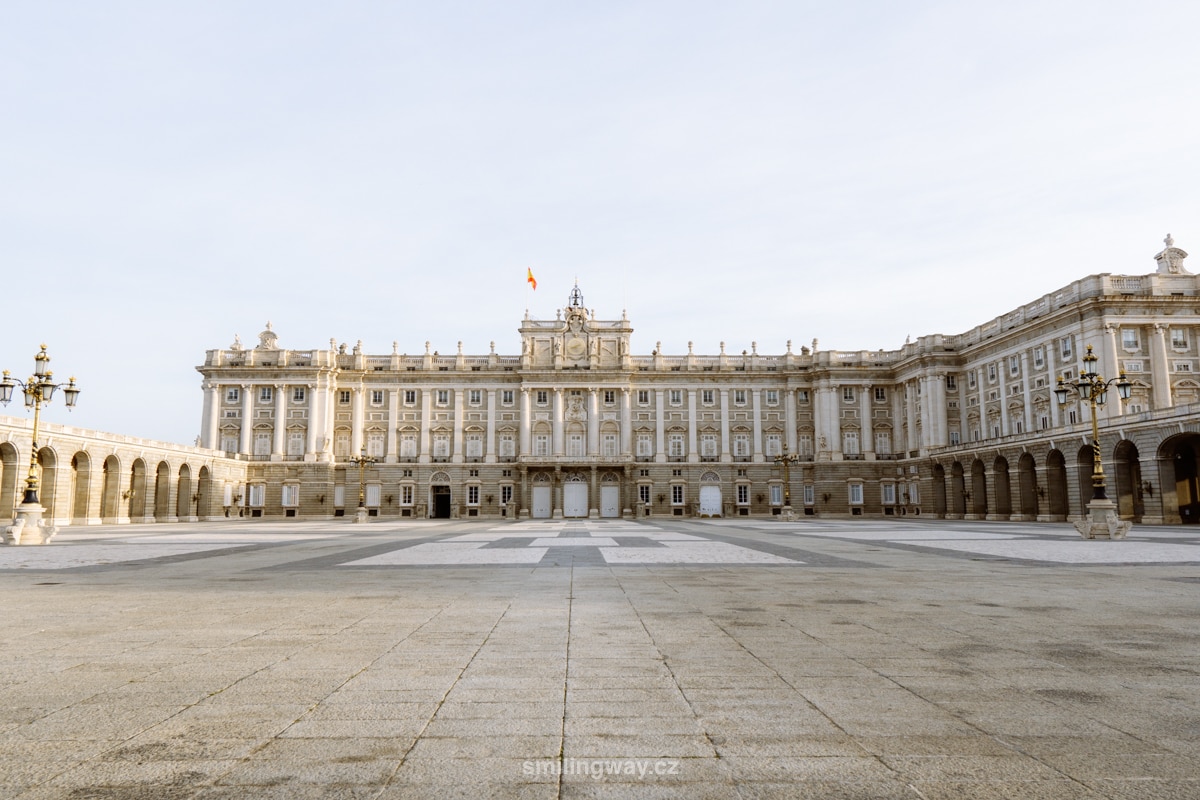
The Tourist Travel Pass comes in two versions depending on how far you plan to travel:
- Option A for zone A (+ zones 0 and A for suburban trains)
- Option T for all zones
With Option A, you get free subway and buses in Zone A, subway to the airport (express buses 203 to the airport not included), commuter trains in Zones 0 and A, and light rail ML1. Prices range from €10 for 1 day to €42 for 7 days.
With the T option , you get subway and buses in all zones, including subway and buses to the airport, commuter trains in all zones, including a line to Toledo, and light rail. High-speed trains are not included. Prices range from €15 for 1 day to €61 for 7 days.
Children over 12 years old pay full fare, children under 12 years old have a discount of 50 €.
When travelling, you simply attach the card to the reader and go through the turnstiles on the metro and trains, and on buses you attach it when you board.
In most cases, you will be better off with individual tickets or a package of 10 tickets. But if you plan to travel really often or don’t want to constantly top up your Tarjeta Multi card, it’s a good option.
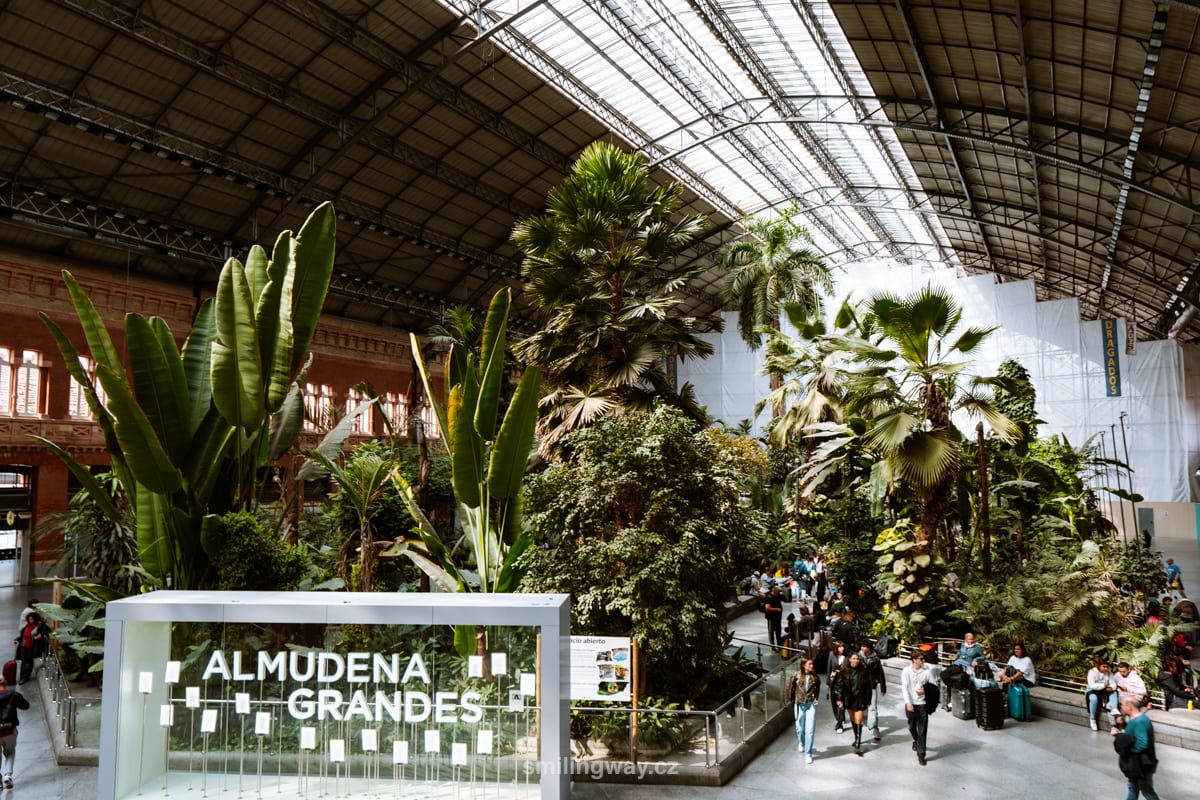
Plan your trip quickly and easily. If you buy something through our links, we get a small commission. You pay nothing extra. Thank you!
This was our guide to transport and the metro in Madrid and how to get from the airport to the city centre. Do you have a question? We’ll be happy to answer it in the comments below. Have a safe journey!
More information about Spain
MADRID: Get inspired by our itinerary for 3 days in Madrid or check out the things to do in Madrid. Here is a guide and useful tips on how to enjoy Madrid.
BARCELONA: Check out tips on things to do in Barcelona (entrance fees, opening hours, photos, map) or plan your trip with 3 days Barcelona itinerary. If you have more time, here is an itinerary for 4 days in Barcelona.
SPANISH CITIES: Valencia is another beautiful city in Spain. Granada is a historical gem, home to the world-famous Alhambra Palace. Seville will captivate you with its beautiful architecture and the Alcázar Fortress. Malaga has it all – rich history and long sandy beaches.
SPAIN: In our list of the most beautiful places to visit in Spain, we give you tips on what to see in Spain.
